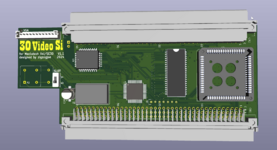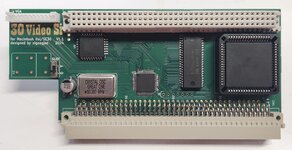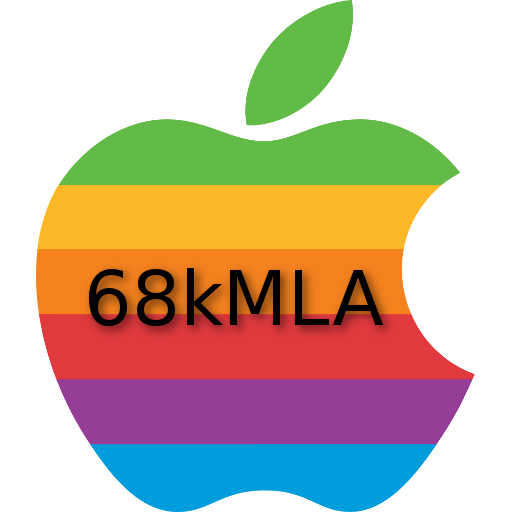Sounds good. I may have commented on the A/UX thing somewhere else, but this thread is also a good place for it. I don't know if I knew that Mode32 called Close. Maybe back in the ancient days of yore.

But yes to A/UX and if you check for Reset, you should see it being called under A/UX.
The CLUT problem has to do with the fact that MacsBug and A/UX are switching the board from the current bit-depth/mode into 1-bit mode. Also, Macsbug is turning off interrupts, I think. So, depending on how that switch happens, you can end up with weird colors on screen or CLUT flashing, etc. -- it depends on how you're doing updates, what hardware you're using, etc. But, to avoid these problems, update the CLUT index values directly so that you are not caught mid-transition when something slams the board into 1-bit mode. It's mostly a cosmetic screen issue.
It is preventable. If you test enough, you may eventually encounter it -- like if you suddenly find yourself staring at a purple or green Macsbug screen instead of B&W. Timing-related.
You will get a SetEntries call for 1-bit and if it's A/UX or interrupts are disabled for MacsBug (check the status register), then make sure you directly update the entries for the DAC. If your code already does direct updates and they are not deferred to blanking (which also typically prevents screen artifacts so that users don't see CLUT switches during active video), then that may be why you haven't seen this issue. For the most clean bit-depth changes, you can defer CLUT entry updates until blanking, except when it's MacsBug or A/UX special cases that require an immediate response.
Hopefully, the above better explains the issue. My recollection is a little crusted over and covered in cobwebs, but I think that's how it works.





